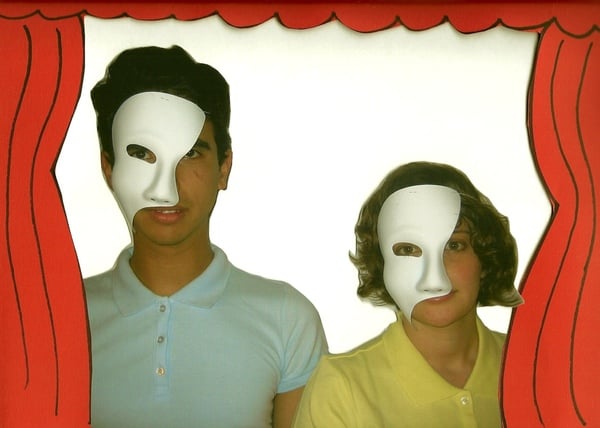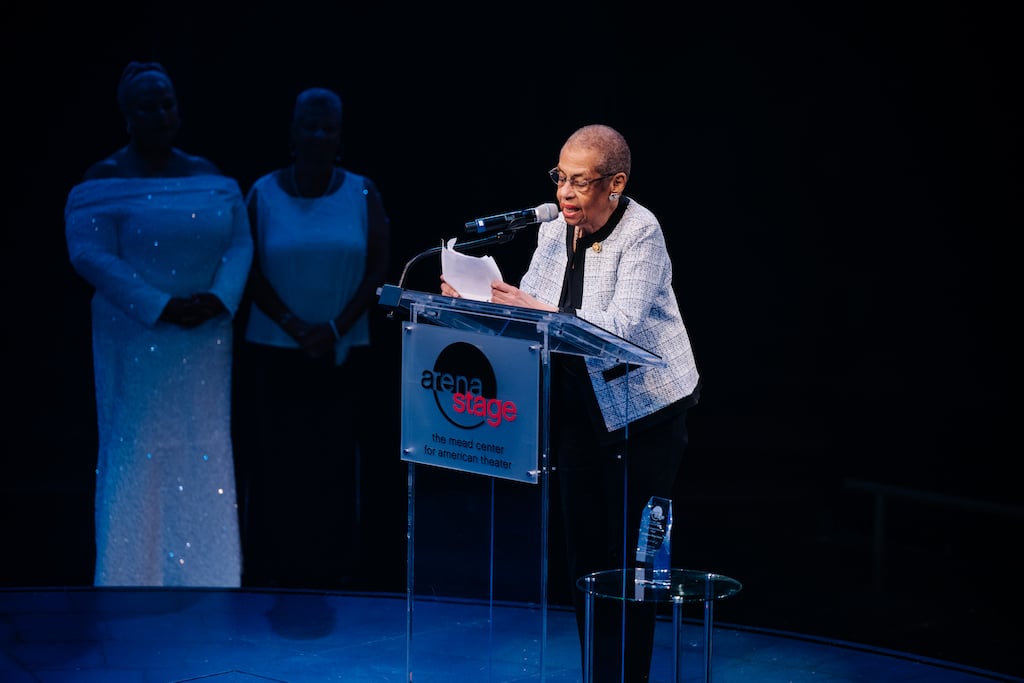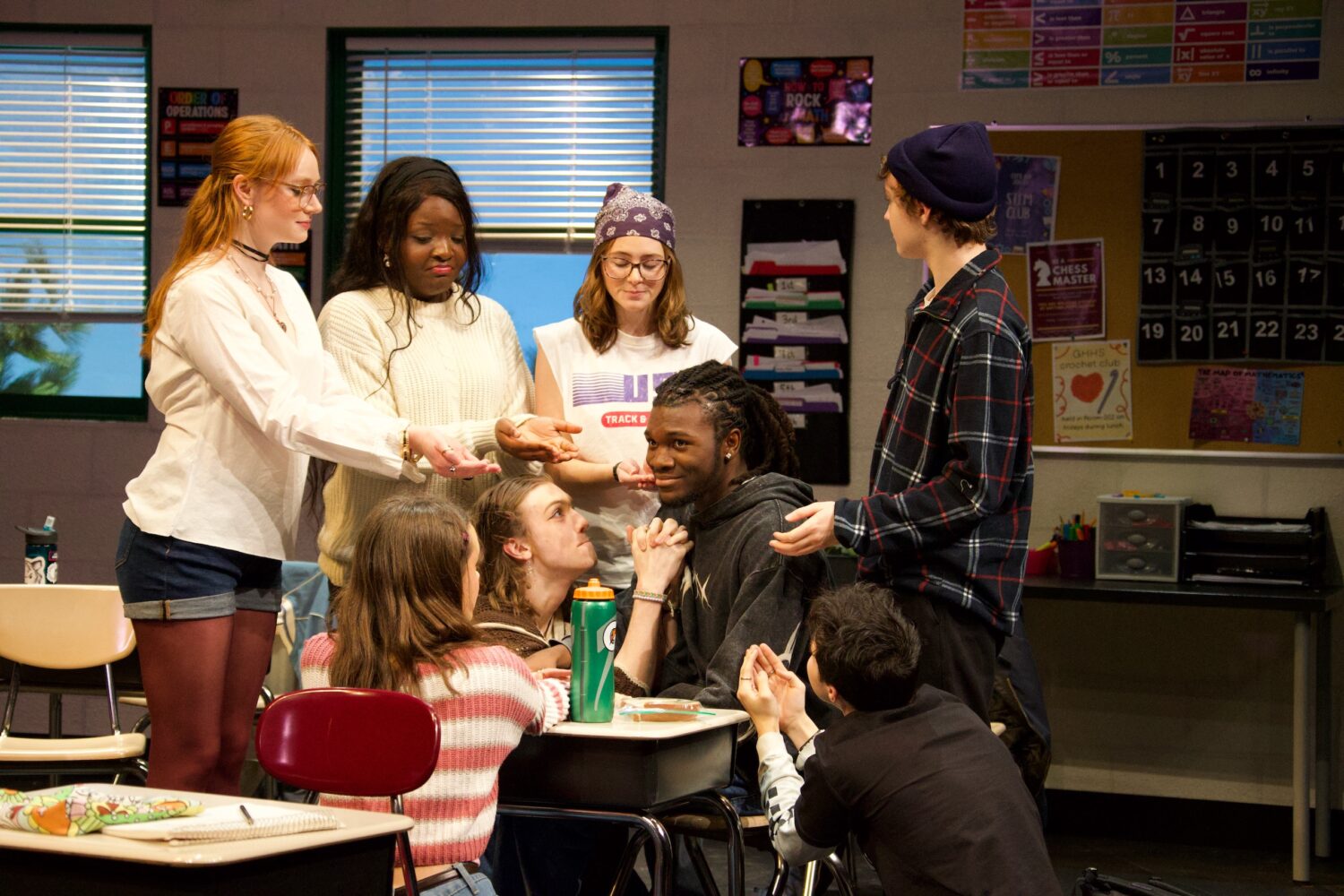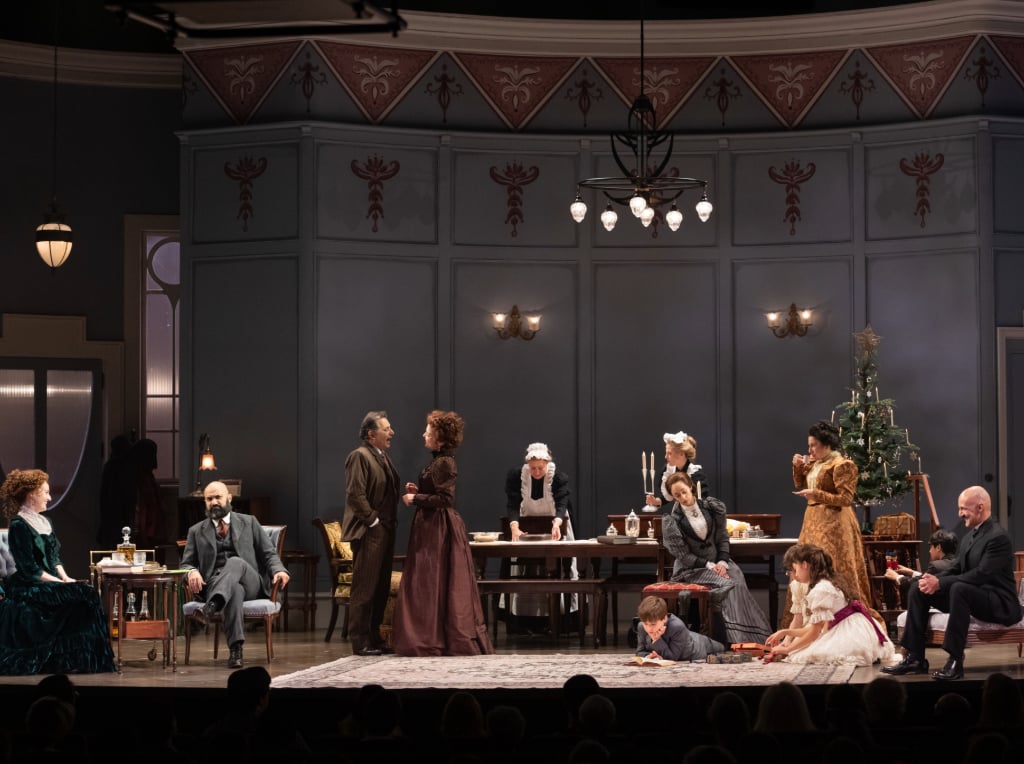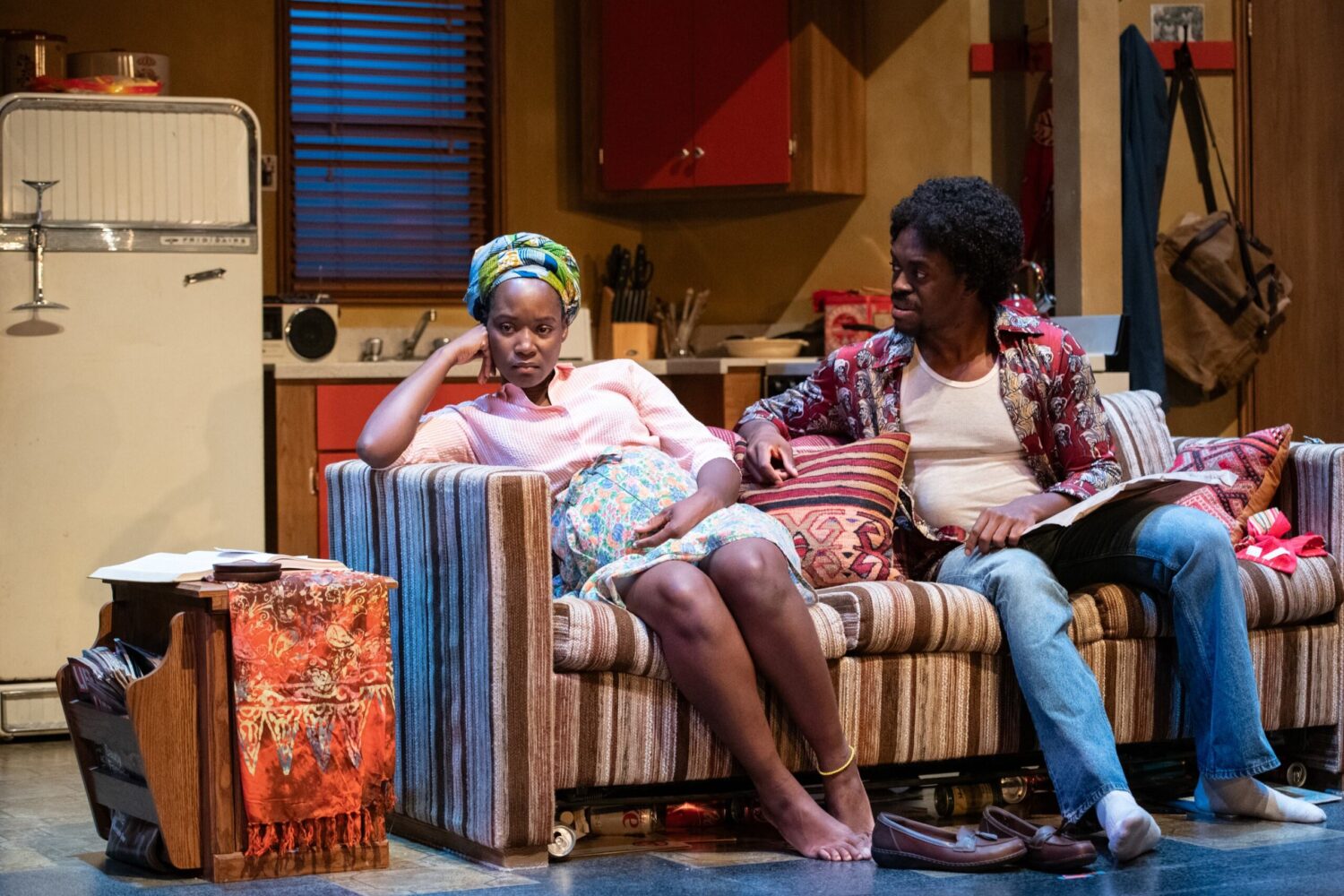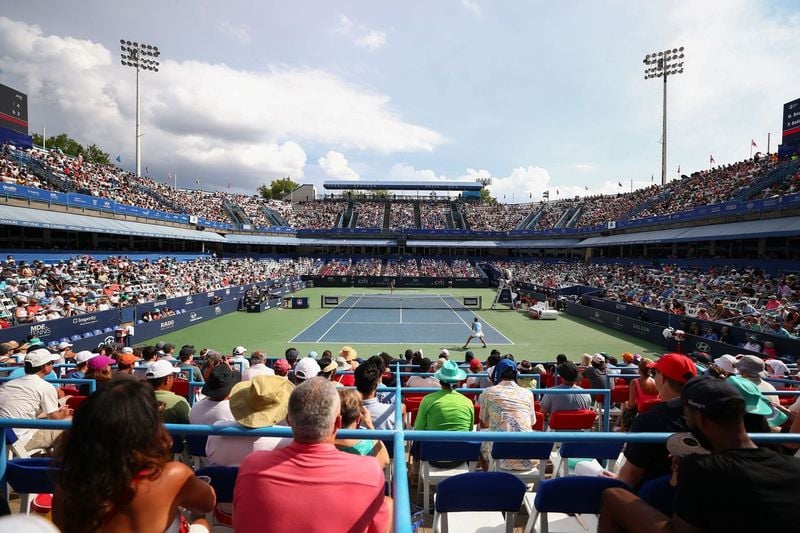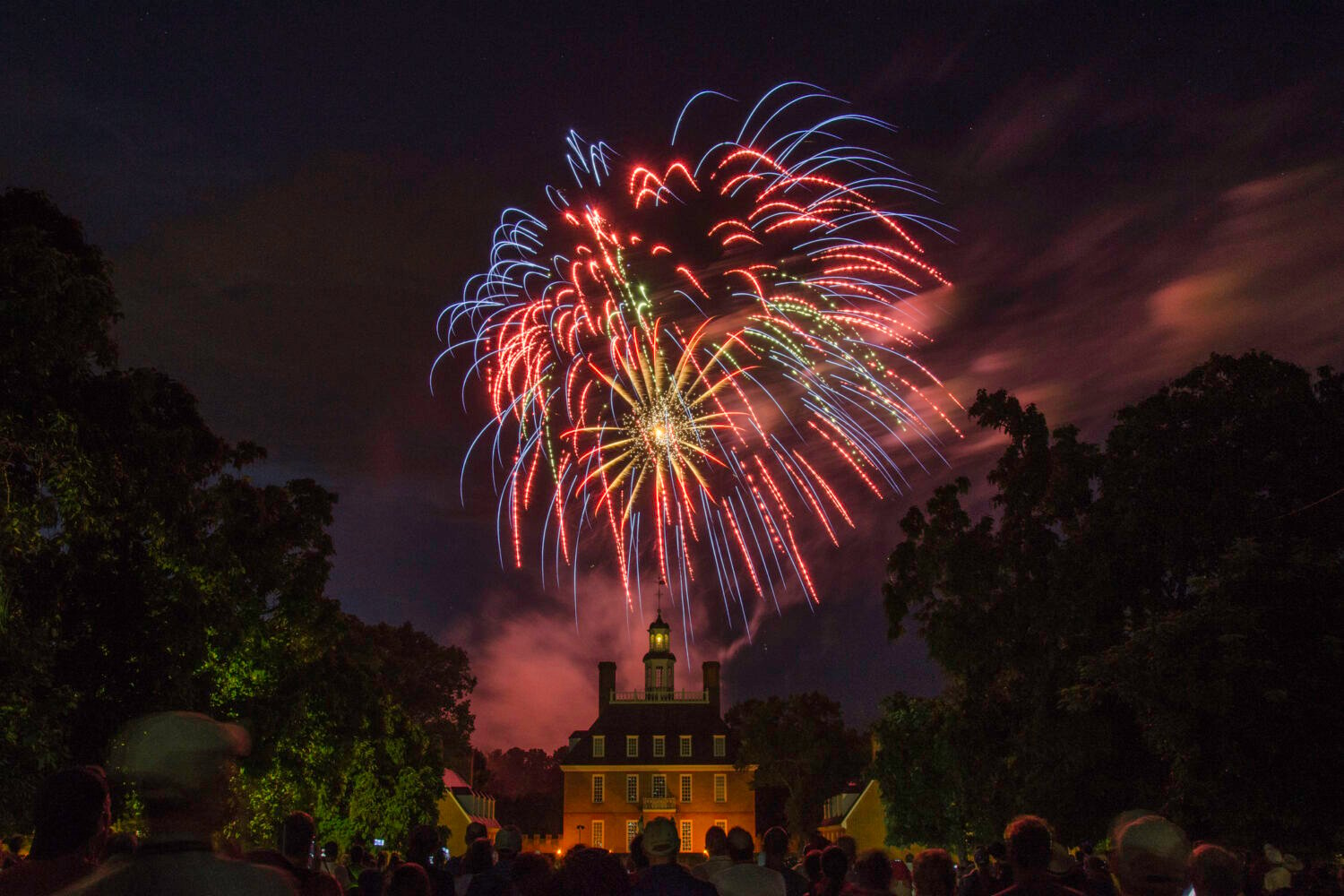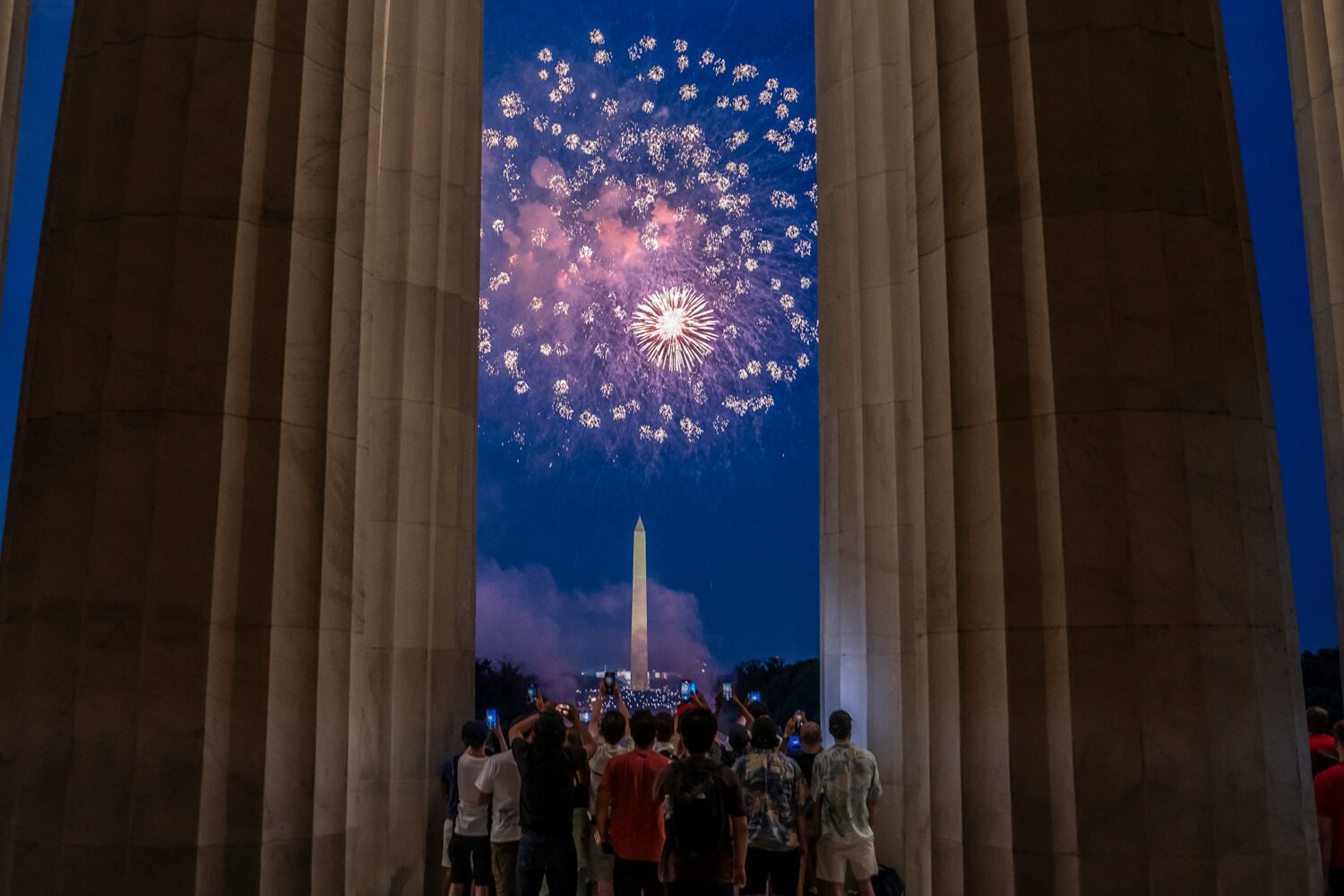Capital Fringe, the brainchild of Julianne Brienza, starts today and goes through July 24. Photo courtesy of Capital Fringe Festival
In the seven years since Julianne Brienza first came up with the idea for a Washington-based fringe festival, the Capital Fringe has become one of the most interesting fixtures on the summer cultural calendar, and the second largest event of its kind in the country. All shows are uncensored and unjuried, meaning you’re as likely to see a show where Karl Marx and Sigmund Freud fight over underage girls as you are to catch a dance performance inspired by Sylvia Plath. This year’s event offers over 100 performances in different venues around town, as well as live music, drinks, and food in the festival tent, and a free store where patrons can bring in unwanted clothes and goods and leave with recycled ones (the mantra reads “no Kenny G. or Danielle Steele”).
We talked with Brienza about her past experiences and calamities, her favorite elements of this year’s Fringe, and her hopes for the future, as well as what happens when you lose a major venue six days before the festival begins. Be sure to check out our don’t-miss picks.
This is the Capital Fringe’s sixth year. How has the festival evolved since your first year?
The first year was really a blur, and it was sort of like, what are we doing? The second year we tried to spread out all over the city, and that didn’t work, so since 2008 we’ve been bringing the festival closer and closer together. This year we have eight venues in one block. So that’s been a positive. I also think the festival tent has been changing each year—this year it’s really starting to become that focal point where people go to meet each other and talk about shows, and take a break between them, which is what a festival needs.
Is there anything you’re excited about this year that you haven’t done before, or any shows you’re really looking forward to?
Because we’re an unjuried festival, we take shows on a first come, first served basis, and the first thing we see in their application is just a 20-word synopsis. We learn more and more as we program them into the festival and they send in their blurbs and their images. So while there’s a slew of shows I’m excited about, I don’t really know any of them. It’s a real experiment in which we give artists freedom, because sometimes they want that, and sometimes they want to be told what to do. I am excited for our music this year though. I think it’s going to give a real boost of life to the festival. This is the largest slate of live music we’ve ever had, with one or two performers each night, and they’re all free, which people seem to be excited about. We pay all the musicians the same amount, so it’s very fair—there’s no door, and no hat being passed around, so they’re really giving back to the community by performing.
Looking at your slate, you have a lot of really strong local companies. How do you balance letting them showcase their work with also attracting artists from other cities?
Right now we accept applications as they come in, so it’s still about 40 or 45 percent local (and by local I mean the District of Columbia). Then outside of that we have Maryland and Virginia, and outside of that is mostly touring fringe artists. We’re looking, in future years, to set up an international program where we save slots for international performers, because this festival isn’t something that anyone else is really doing. So the festival will continue to grow and change each year, or at least that’s the hope.
After six years, you’re probably prepared for all eventualities, but is there anything that consistently surprises you?
Oh my god, yes. We lost a venue last Friday. And that’s totally a nightmare scenario for this event, because at that point the guides were printed, and everything was done. But because of the staff, it got solved pretty quickly, and was fixed within 24 hours, which I did not envision. It’s also surprising to me each year how the shows are so different, and the quality of them is so different. This year, I think we have a festival where the quality in general is pretty high, but it past years sometimes it hasn’t been that great, and I never know what to attribute that to. I think people in general are starting to take participating in a fringe festival more seriously.
What are your hopes for the future?
I’m excited about moving forward, and keeping the same heart of the festival but also showcasing different types of performing arts within the structure we currently have. I think that would be something a lot of local artists could learn from, and would be eager to see. And I also just hope that we can continue, because people think we’re super-established, and this mainstay, and we’re always going to be here, but we’re very much a homegrown thing. We’re not a special event company, we’re real people. Only three of us do this year-round, and the rest is local artists in the theater community who are able to do freelance work in the summer. It isn’t something that will necessarily go on forever, so I do always hope that we’ll be able to continue.
Does the fringe reflect each year how much theater is evolving in DC?
I think the way a lot of theater has evolved here is that shows are happening any time companies want to have them happen. A lot of regional theaters are doing shows in the summer, which has never really happened before, and that was one of the reasons we decided to have the festival in the summer, so that people could participate. I think if anything, the local artists who aren’t necessarily associated with the top theaters have gotten better at producing themselves, and selling what they’re doing. I think it’s grown a lot, but I don’t know if it’s changed a lot. So that’s why we’re interested in having a live music series, and seeing what kind of cross-pollination can happen when people work together.
Finally, how would you describe the festival to somebody who’s never experienced it?
It’s a festival of performing arts with rapid-fire shows that are 60 to 70 minutes long, and low-tech. The emphasis is always on the story. You can see something great and you can see something horrible, so you need to lead yourself up to be in the moment, and if you see something you don’t like, try something else.
Subscribe to Washingtonian
Follow Washingtonian on Twitter
More>> After Hours Blog | Arts & Events | Happy Hour Finder | Calendar of Events

